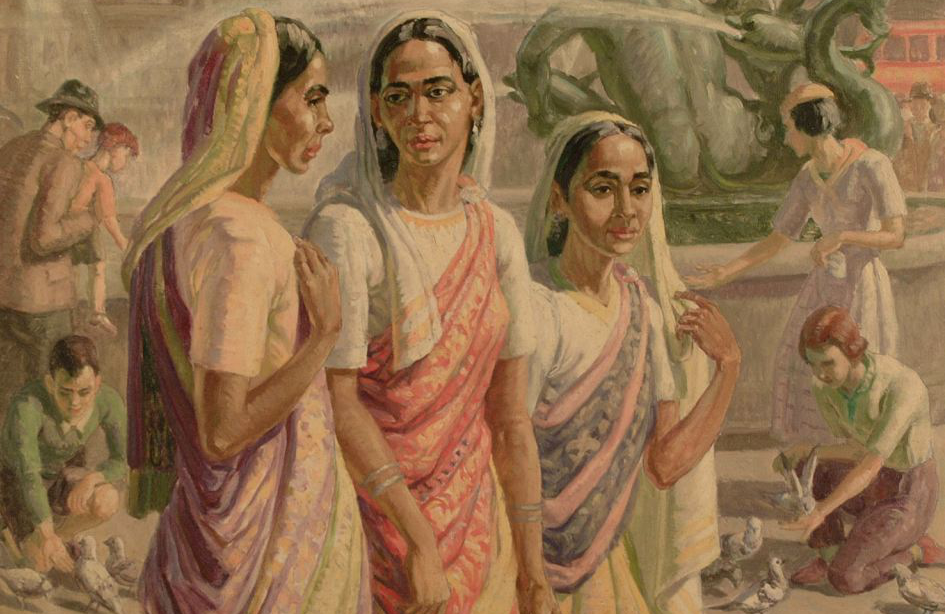As a third-generation South African Indian, I often question my Indian heritage and Indian cultural identity as it seems that with every passing generation more of this heritage is lost. In recent years, through both my research and artistic practice, there has been an underlying theme of investigating my Indian identity and what it means in a contemporary setting. Naturally, as someone with an interest in fashion and history my research lead me to think about traditional Indian attire in contemporary fashion, and how historical change is often marked in changes of attire. For as long as I can remember the sari stood out as a symbol of Indian womanhood to me — which I so desperately wanted to reconnect to— nuanced in history and tradition. And soon enough the sari began to represent the long-lasting effects of colonialism on India to me, effects still seen today in Indian fashion. “How did the words ‘petticoat’ and ‘blouse’ become a part of the Indian languages and the Indian costume, the sari?” Fashion historian, Toolika Gupta questions and with this question, opens up the long vetted history of the sari almost as complex as perfecting its pleating.
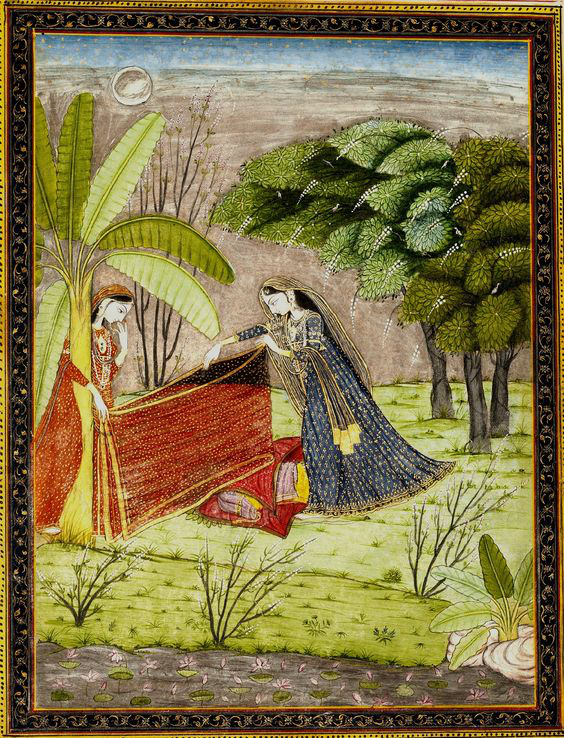
In the 17th century, a massive shift occurred for India marked by the arrival of the British. Though the British presented themselves as traders in need of establishing a spice and textile trade, their presence and eventual rule in India went much further than this. Just as colonialism brings with it assimilation, the dress of Indians began to reflect the fashions of Victorian England, well explained by Nandini Rathi in this article. “The problem of what to wear in 19th century [India] can best be defined as the problem of how much foreignness to allow into one’s clothes,” writes cultural anthropologist Emma Tarlo in Clothing Matters: Dress and Identity in India. During this time, dressing the Indian woman correctly became both a colonial and nationalist effort. “For the British, Bengal was ‘all of India’ because that is where they came from,” Gupta explains. An important fact as the shift for the sari began in the British seeing how saris were worn in colonial-era Bengal, made of draped semi-transparent material well suited to the regions hot climate. However, from the view of the British colonisers, this was perceived as a marker of savagery as Bengali femmes were left “exposed”. Their traditional attire – their saris – were also seen as a thing to be ‘civilised’ and made ‘suitable’ for coming in contact with foreign men. Thus, dressing the Indian femme “correctly” became both a colonial and nationalist effort. What is important here is a reminder that fashion is a representation of cultural identity, so when the sari began to shift away from traditional draping to include a blouse and petticoat — assimilating elements of western colonial fashion— as did an aspect of Indian cultural identity.
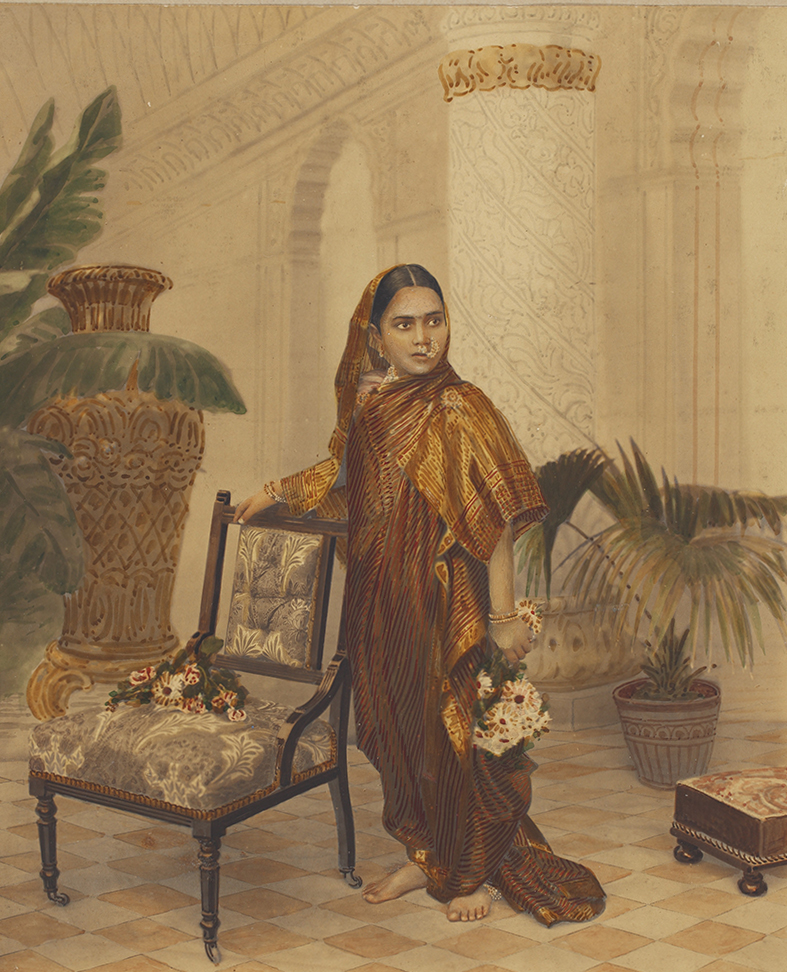
To me, however, what is most important about the sari in history is its persistence in remaining an integral part of Indian dress. Sociologist Himani Bannerji points out that while members of the upper classes began experimenting with wearing gowns and saris — saris remained popular and victorious in the end. The ideal Indian femme absorbed the Western morality, without embracing Western fashion, and perhaps I am reading too much into this but this appears to me as a sense of defiance against the British aiming to assimilate Indians completely to represent their Victorian ideals. “Clothes have been used to assert power, challenge authority, and instigate social change throughout Indian society,” states Tarlo. This leads me to believe that the sari, too, was a symbol of defiance against colonial assimilation. Now when I think of the sari I think about how the sari as we know it is far from traditional but rather infused with colonialism. While it is frustrating to find how long-lasting the effects of British colonialism were on Indian culture, even changing the way people dressed, this “contemporising” of fashion can be seen rather as a way of making the sari more accessible. Through the shifting of Indian dress becoming more western, it also allowed the caste differences in India to be blurred as anyone dressing in line with the more western dress was considered forward-looking and educated instead of being perceived as someone from a specific caste or religion.
This is all to say that the efforts made by the British to change Indian attire were futile. Instead, these efforts further solidified, the sari as a timeless piece of Indian attire. The sari now, as Nandini Rathi points out: simultaneously, the meanings of sari have grown to allow femmes to rationalise the opposing worlds of tradition and modernity. A fact reinforced when we look back at history and observe how the sari was modified to reflect the west’s impact without completely assimilating into western culture. And now as we witness the sari being welcomed by contemporary fashion, still deemed “cultured” yet “very stylish,” we see it play into themes of modernism in fashion without losing its cultural importance. How the sari has managed to remain a traditional form of attire even through its modernisation and now popularisation — and often appropriation — in contemporary fashion speaks to how powerful of a symbol the sari presents. Even though its nuanced history is antagonised by colonialism, for people like myself it serves as an entry point into their Indian histories. While there is a lot to think through in terms of the sari, and perhaps I am still not informed enough to greater extent, the sari to me will always remain a symbol of power and link to my own Indian identity.
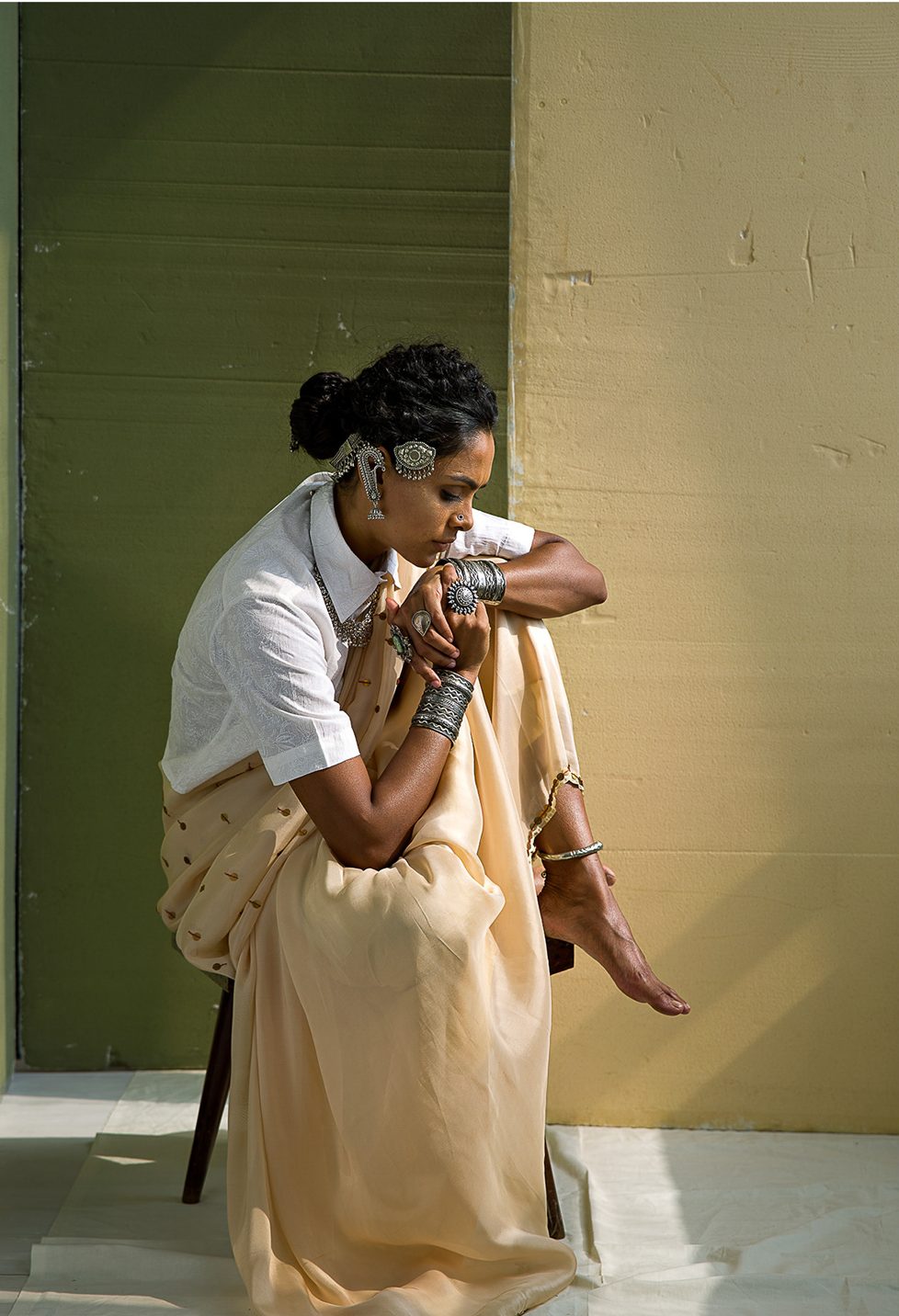
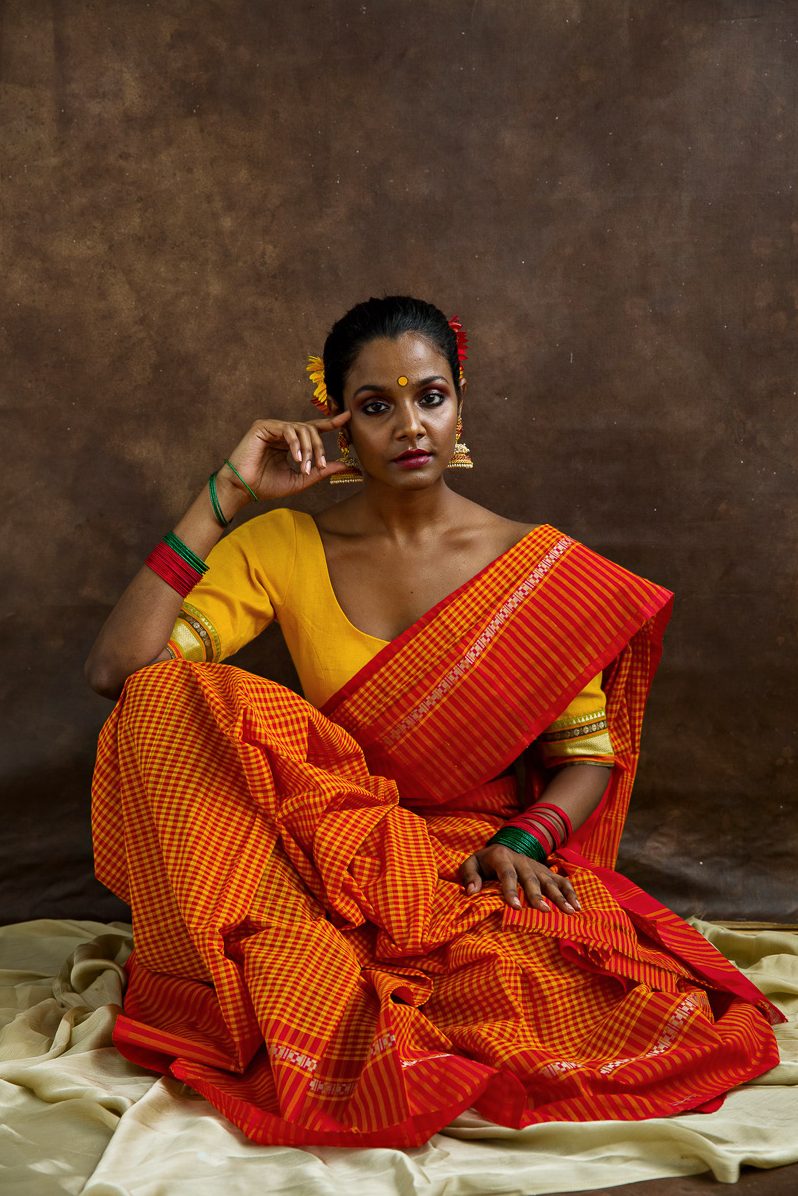
Photography by Vidhi Thakur


